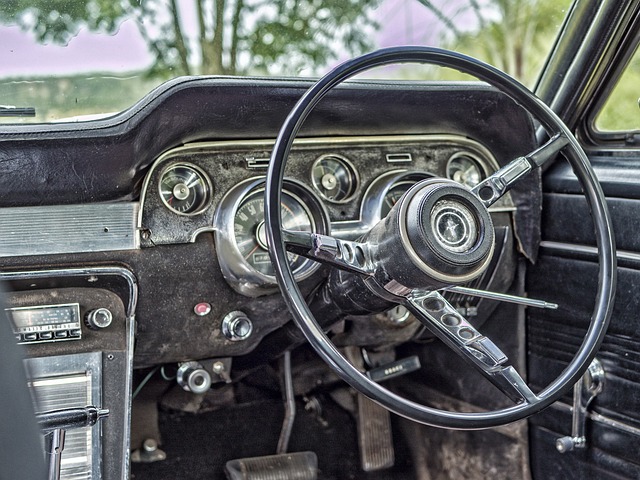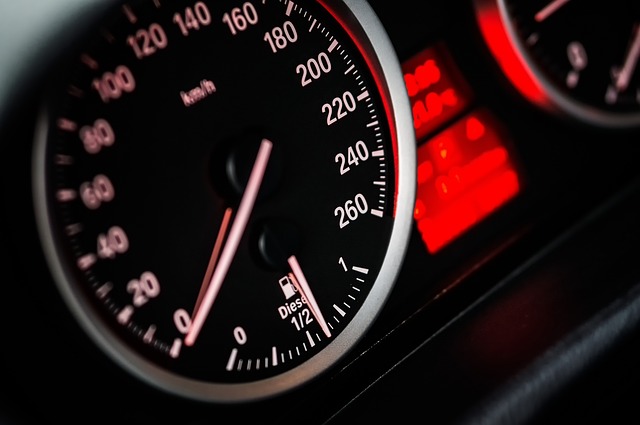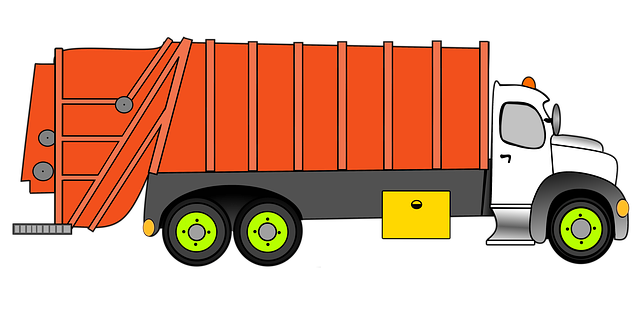“Unsure about registering your car in California? This comprehensive guide navigates the process, ensuring a smooth experience. We break down the requirements for car registration, including essential documents needed for DMV VIN verification. Learn the step-by-step process, explore alternative methods, and avoid common mistakes. By following these tips, you’ll efficiently register your vehicle and hit the California roads in no time.”
- Understand the Requirements for Car Registration in California
- Gather Necessary Documents for DMV VIN Verification
- The Step-by-Step Process of Registering Your Vehicle at the DMV
- Alternative Methods for Vehicle Registration and Title Transfer
- Common Mistakes to Avoid During the California Car Registration Process
Understand the Requirements for Car Registration in California

Before registering your car in California, it’s crucial to understand the requirements. The California Department of Motor Vehicles (DMV) demands several key documents and processes for registration, including a valid vehicle identification number (VIN) verification. This typically involves a mobile VIN inspection or a similar method to ensure the vehicle’s authenticity and history.
During the VIN verification process, you’ll need to provide documentation such as proof of ownership, insurance, and identity. Additionally, the vehicle must meet safety standards and emissions requirements set by the state. A mobile VIN inspection can streamline this process, allowing for convenient verification right at your location, making car registration in California more efficient and hassle-free.
Gather Necessary Documents for DMV VIN Verification

Before heading to the California Department of Motor Vehicles (DMV) to register your car, make sure you have all the required documents for a successful dmv vin verification. This process is crucial as it ensures that your vehicle’s unique Vehicle Identification Number (VIN) is accurate and matches the specifications on record. Gather important papers such as the title or registration certificate from the previous owner, proof of insurance, and your valid driver’s license. Additionally, you’ll need a mobile vin inspection or vin inspection report to demonstrate that your vehicle has passed all necessary safety standards and emissions tests.
These documents play a pivotal role in streamlining the registration process, as they verify ownership, identity, and vehicle condition, making it easier for the DMV staff to process your application promptly.
The Step-by-Step Process of Registering Your Vehicle at the DMV

Registering a car in California involves a straightforward process that begins with gathering necessary documents and ends with ensuring your vehicle’s VIN (Vehicle Identification Number) is verified by the DMV. First, gather important paperwork such as your driver’s license, proof of insurance, and the title to your vehicle. Then, visit your local DMV office or use their online services to initiate the registration process.
During this process, a crucial step is the vin inspection. This involves providing your vehicle’s VIN to the DMV, either through an online form or in-person during a mobile vin verifier check. The DMV will cross-reference this information with their records to ensure the vehicle’s history aligns with what you’ve declared. Once all details are confirmed, including any required fees, your vehicle will be officially registered, allowing you to hit the road legally.
Alternative Methods for Vehicle Registration and Title Transfer
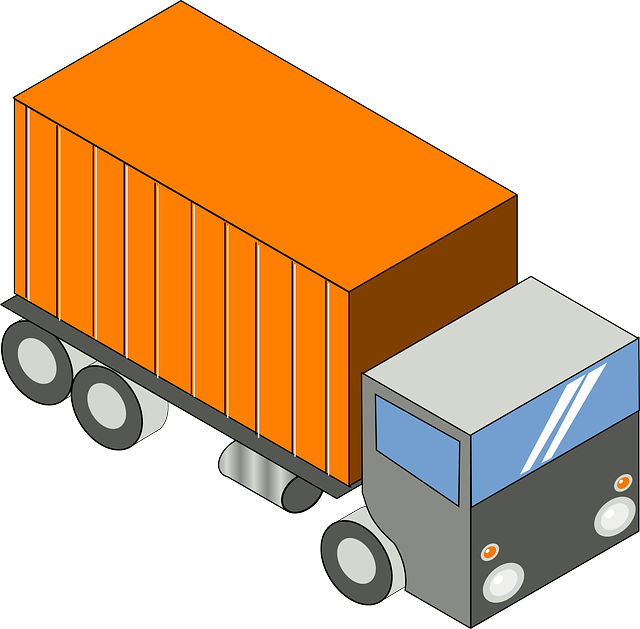
In California, registering a car typically involves visiting a DMV (Department of Motor Vehicles) office and providing necessary documents. However, there are alternative methods available for those who prefer convenience or have unique circumstances. One such option is the DMV vin verification process, which allows you to check your vehicle’s history and ensure it meets safety standards before registration. This can be done online or through a mobile vin inspection, providing a swift and efficient way to verify your car’s status.
For individuals who are unable to visit a DMV in person, a mobile vin verification service offers a solution. These services send a trained professional to conduct a thorough vin inspection at your location, making the registration process more accessible. This is particularly beneficial for those with busy schedules or physical limitations, ensuring that navigating vehicle registration requirements doesn’t become a hassle.
Common Mistakes to Avoid During the California Car Registration Process
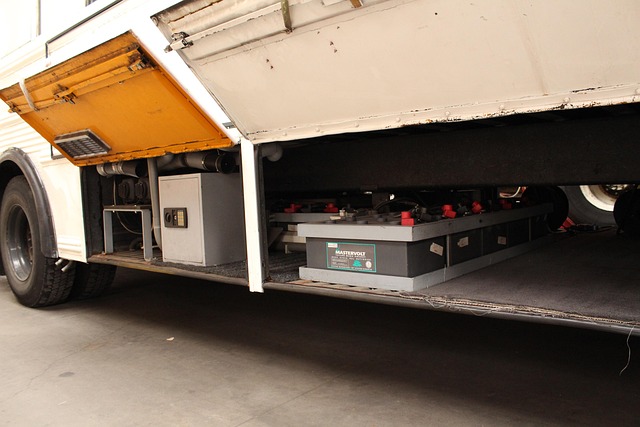
When registering your car in California, there are common pitfalls to steer clear of to ensure a smooth process. One frequent mistake is failing to accurately complete the necessary paperwork, which can lead to delays and even rejection of your registration application. Every document should be filled out diligently and completely, as any errors or omissions may cause issues down the line.
Another blunder to avoid is neglecting the DMV VIN verification process. The Vehicle Identification Number (VIN) is a unique code that plays a crucial role in identifying your car’s history. Using an unreliable or incorrect VIN can result in registration denials. Opting for a mobile VIN verification service or using a trusted mobile VIN verifier can help ensure this critical step is done correctly, especially if you’re dealing with an older vehicle that may have had its records misplaced over time.
Registering a car in California involves understanding specific requirements, gathering essential documents, and following a straightforward process at the DMV. By ensuring accurate information and avoiding common mistakes, you can streamline the vehicle registration and title transfer process. Remember that proper documentation, including successful dvm VIN verification, is key to a smooth experience.
